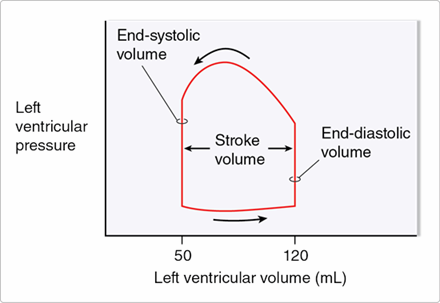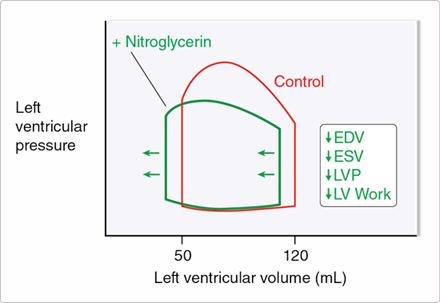If you’re preparing for the United States Medical Licensing Examination® (USMLE®) Step 1 exam, you might want to know which questions are most often missed by test-prep takers. Check out this example from Kaplan Medical, and read an expert explanation of the answer. Also check out all posts in this series.
The AMA and Kaplan have teamed up to support you in reaching your goal of passing the USMLE® or COMLEX-USA®. If you're looking for additional resources, Kaplan provides free access to tools for pre-clinical studies, including Kaplan’s Lecture Notes series, Integrated Vignettes, Shelf Prep and more.
This month’s stumper
A 75-year-old man comes to the emergency department because of persistent left shoulder pain and diaphoresis. He reports that he has had similar symptoms over the last few months, but that they typically resolved with rest. His medical history includes diabetes mellitus type 2 and hypertension. His pulse is 115 per minute, respirations are 20 per minute, blood pressure is 150/80 mmHg, and O2 saturation is 92%. The patient is immediately administered sublingual nitroglycerin.
Which of the following describes the most likely changes in left ventricular end-diastolic volume (LVEDV) and left ventricular end-systolic volume (LVESV) after administration of this drug?
The correct answer is E.
Kaplan Medical explains why
Nitroglycerin is a vasodilator that unloads the left ventricle through decreased LVEDV and decreased LVESV.
LV end diastolic volume:
- EDV = left ventricular preload.
- ↑Preload stretches the sarcomere to optimize actin and myosin filament overlap, thereby -
- ↑Number of cross-bridges that can form upon contraction.
- ↑Preload =↑ stroke volume, ↑ cardiac output, and ↑cardiac work.
- Nitroglycerin dilates veins, which ↓ ventricular filling pressure and preload, and ↓ cardiac work (see figure below).
LV end systolic volume:
- ESV is determined by LV contractility and LV afterload.
- Contactility is regulated by the sympathetic nervous system.
- Afterload represents the force that the LV must overcome to eject blood into the aorta. Afterload usually equates with aortic pressure.
- ↑Afterload =↑ ESV because less blood can be ejected during systole.
- Nitroglycerin also dilates small arteries and arterioles, which reduces systemic vascular resistance (SVR) and arterial pressure. ESV decreases since there is less resistance to ejection.
- In congestive heart failure, the effects on arterial vessels is typically less important than venodilation, but the decrease in SVR can significantly reduce cardiac work in patients with coincident hypertension.
Our patient presents with the classic symptoms of a myocardial infarction, which include left-sided chest or shoulder pain, shortness of breath, diaphoresis, nausea, vomiting and anxiety. Occlusion of the coronary arteries results in impaired perfusion of the cardiac myocardium, producing tissue damage and necrosis. During the acute phase of this condition, it is important to reduce cardiac work, thereby reducing myocardial O2 demand and helping minimize the extent of myocyte death.
Tips to remember
- Nitroglycerin dilates veins and, to a lesser degree, arteries to reduce ventricular filling pressure and arterial pressure, respectively.
- EDV is reduced due to decreased LV filling pressure, which reduces LV preload.
- ESV is reduced due to decreased afterload (systemic vascular resistance).
For more prep questions on USMLE Steps 1, 2 and 3, view other posts in this series.






